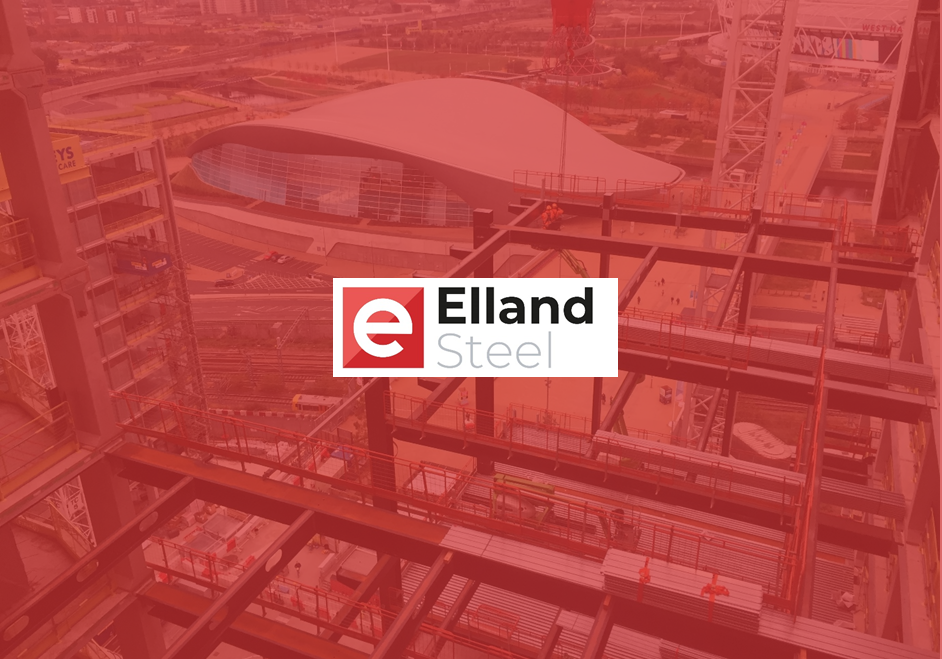Encouraging figures point to a stable year ahead for the construction industry
The construction industry has enjoyed a steady start to 2022, with encouraging output figures being reported by sector commentators.
Both national and industry data – from the ONS, Barbour ABI and Glenigan – point to the year ahead offering more predictability and stability than the last. Some of 2021’s most pressing challenges, around volatile steel prices and slowed supply chains, are now beginning to settle too. Though these have arguably delivered long-term positives for construction, industry leaders suggest.
Record growth in 2021
Despite all the challenges of 2021 the construction industry thrived, with output growing by 12.7% according to the latest data from the Office for National Statistics (ONS). And this isn’t solely down to the sharp downturn in output through 2020 – when output plummeted by 14.9%.
The overall annual rate of construction output price growth was the strongest annual rate since records began in 2014, at 6.2%.
Growth has been boosted significantly by infrastructure projects, growing 30.4% overall thanks to transport improvements and green energy developments.
Demand continues to be strong from the industrial sector too, with sheds, data centres and energy from waste projects leading the bulk of large projects. Warehouses in the private industrial sector also grew by 144.6% in 2021, as consumer shopping habits have shifted to e-commerce buying.
‘Excellent start’ to 2022
Barbour ABI reported an “excellent start” to 2022 in its latest Snap Analysis, with £7.2bn of contract awards agreed in January alone.
Infrastructure maintained its strong position with £1.8bn in contract awards, as did residential, with activity up by 23% compared to January 2021. Other sectors showed promising signs too, including education’s £700m of new projects in January – the highest the sector has delivered for more than five years.
Barbour ABI’s analysis also noted that activity was fairly evenly spread across all regions of the UK.
However, planning approvals fell back to normal levels in January, after high numbers of approvals in Q4 of 2021. This may be further impacted by December recording a “flatline” in planning applications, the Snap Analysis said.
Similarly, Glenigan reported a steady start to the year with recent dips in figures now being bolstered by a healthy pipeline of developments.
In its monthly Construction Review, its figures showed a record high for underlying project approvals, totalling £7.8bn per month from November 2021 to end of January 2022. Since this, the work will largely drive the sector, these figures comfortably compensate for a decline in major planning approvals, which overall dropped 14% against 2021 figures.
Another “confidence boost” comes from main contract awards, Glenigan wrote, where underlying contact awards continue to be consistently higher than £6bn per month.
Less encouraging is project starts data. The value of project starts had declined by 28% compared to January 2021, largely caused by ongoing uncertainty around labour and material shortages and price rises. These challenges had contributed to “abnormally weak” figures for project starts in January, Glenigan reported.
However, overall supply chain challenges are starting to ease and this is expected to further herald good recovery as contractors can confidently make a start on new projects.
While supply chain logistics are settling, contractors are being advised to anticipate no easing of price rises just yet. Fast rising steel prices were a significant challenge through 2021.
However, steelwork contractors are reporting strong order books for the bulk of 2022, according to New Civil Engineer.
Growth in ‘strategic procurement’
The upshot of supply chain challenges, according to the British Constructional Steelwork Association, is that clients now better appreciate the value of early contractor engagement. Maintaining close contact with steelwork suppliers is allowing more clients to procure services and materials strategically, rather than relying on ‘just in time’ style tactics.
This is supporting steelworkers to plan production activities and avoid having to pass on high prices to clients. Although where steel prices have risen, most clients have been understanding of the pressures facing the construction industry and have used close collaboration to manage challenges with suppliers, the BCSA’s chief executive has said.
Close communication and collaboration with suppliers and contractors is the best way to navigate construction industry changes and challenges.
To stay up-to-date on the latest industry insights and updates, subscribe to our newsletter.

